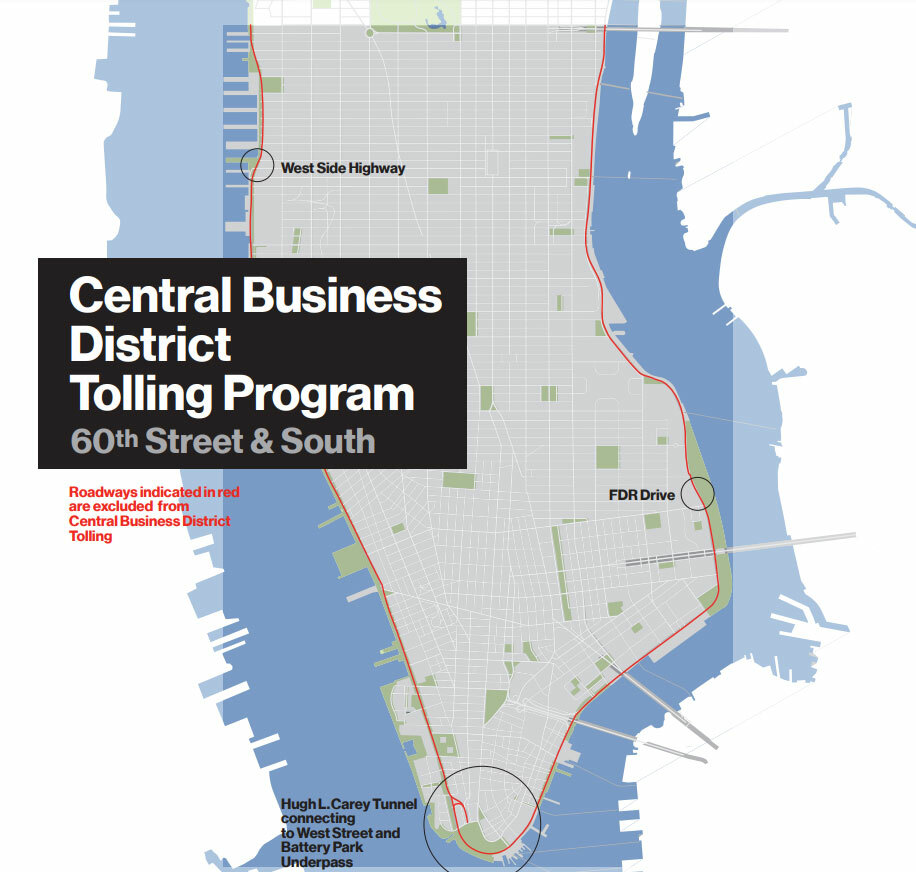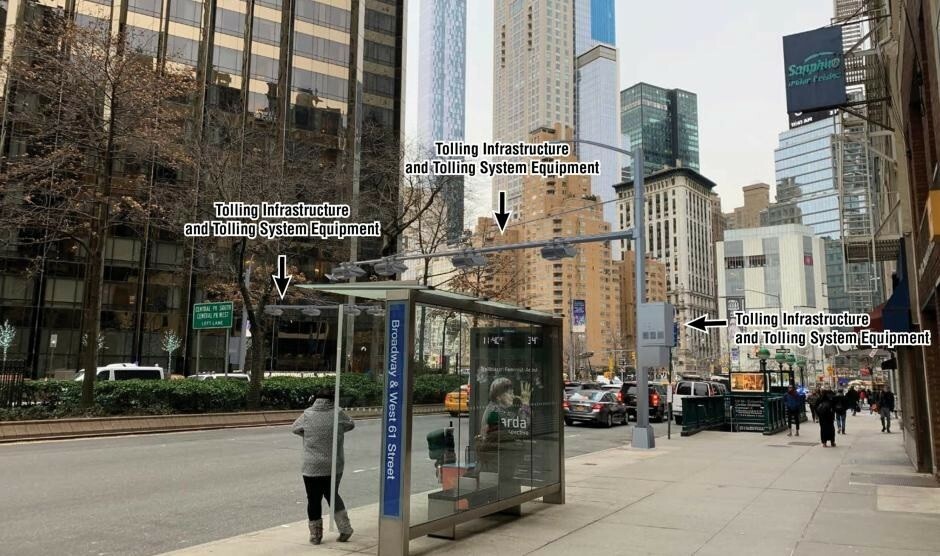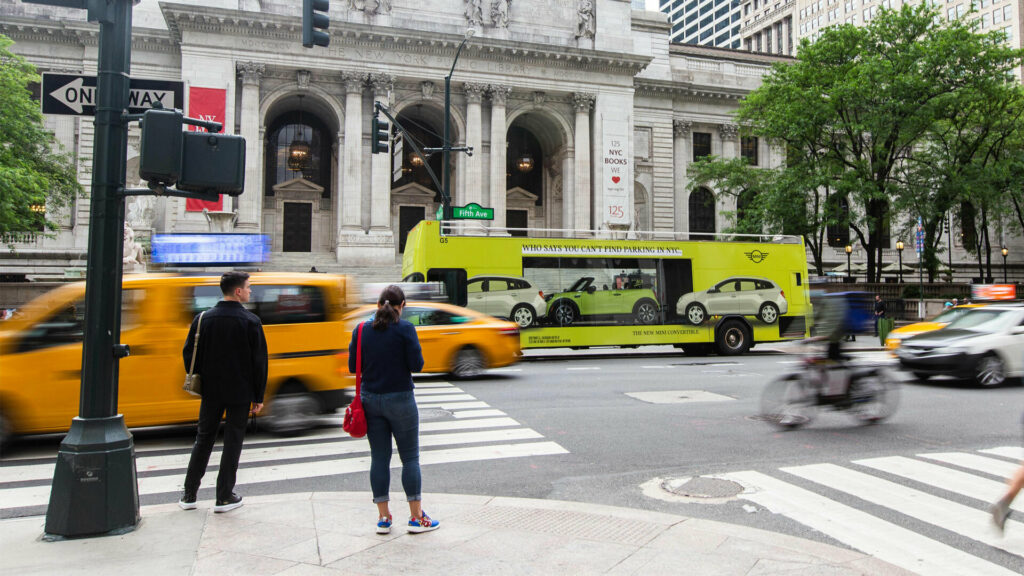New York City isn’t exactly car-friendly and that trend continues as New York Governor Kathy Hochul has announced the Federal Highway Administration found there would be “no significant impact” from the proposed congestion pricing program in the Manhattan Central Business District (CBD).
While the report isn’t exactly a riveting read, it noted the project aims to reduce congestion and generate revenue for future transportation improvements. It goes on to say the CBD “consists of the geographic area of Manhattan south and inclusive of 60th Street, but not including Franklin D. Roosevelt Drive (FDR Drive), West Side Highway/Route 9A, the Battery Park Underpass, and any surface roadway portion of the Hugh L. Carey Tunnel connecting to West Street (the West Side Highway/Route 9A).”
More: New York City Drivers Could Be Hit With Congestion Pricing Within A Year

Under the plan, a variable toll would apply to vehicles that enter the CBD except authorized emergency vehicles and qualified vehicles transporting persons with disabilities. Vehicles would not be charged more than once a day and residents living inside the CBD, with an adjusted gross income less than $60,000 (£47,571 / €55,218), would be eligible for a tax credit equal to the amount of their tolls paid.
So how much money would drivers be looking at? According to USA Today, they could be forced to shell out up to $23 (£18 / €21) per day to drive into the CBD. That’s not exactly chump change and the toll would reportedly help to generate $1 billion (£793 / €921 million) annually, which would then be used to support public transportation such as buses and subways.
There’s still a lot of work to be done before the toll is enacted, but the governor’s office noted collections could begin as early as May 2024. That’s probably too soon for many drivers, but the toll would result in a “roughly 15-20% reduction in the number of vehicles entering the Central Business District, or about 110,000 to 143,000 fewer vehicles daily.”





